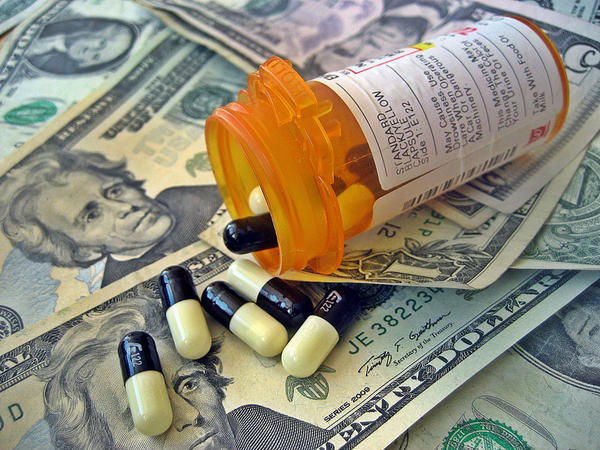
Health Premiums To Rise An Average Of 24-Percent On Washington Exchange
Listen
If you buy individual health insurance through Washington’s Health Benefit Exchange get ready for sticker shock. Rates will go up by an average of 24 percent next year.
“It’s difficult, we get it,” Michael Marchand, the state exchange’smarketing director, said when asked about the impact of higher rates on consumers. “You have to show empathy and you have to be able to say ‘hey look, there’s decisions you’re going to have to make this year that are going to be hard.’”
On Monday, the exchange board certified the plans that will be offered for 2018. The exchange is Washington’s one-stop-shopping site for health insurance where about 200,000 people go to buy their individual coverage. It was created after the Affordable Care Act passed in 2010.
Last year, Washington bucked the national trend and held premium increases to under 10 percent. But this year, Washington is not immune to instability in the individual market.
Insurance companies and regulators point to rising healthcare and pharmaceutical costs, as well as uncertainty about the repeal of Obamacare, as factors contributing to the instability.
“The rates are like the fire alarm,” Marchand said. “So if rates are escalating, that’s the alarm.”
It’s not just premium rates that are going up. So are deductibles. For the most popular silver-rated plans on the exchange, consumers will pay an average of more than $300 a month next year, with a median deductible of over $4,500.
Marchand said federal tax credits should take some of the sting out of the higher premiums for approximately 60 percent of exchange customers who qualify based on their income. Federal cost sharing payments can also help defray out-of-pocket expenses.
But President Donald Trump has threatened to cut off those payments. If that were to happen, insurance companies would have to pick up the cost sharing and that would trigger a mid-year premium rate increase.
Washington Insurance Commissioner Mike Kreidler has already authorized two sets of premium rates for 2017: one based on the federal cost sharing payments continuing and the other in the event that cost sharing goes away. Under that second scenario, premiums in the silver plans would go up 30 to 50-percent.
Even as consumers are forced to pay more to obtain insurance, the number of health plan options is dwindling. Last year, insurers on the exchange offered 98 qualified health plans across Washington. This year they’re offering 41 plans statewide. But in more than half of Washington counties, only one or two plans are available.
Kreidler, the insurance commissioner, has said he will ask the Washington Legislature to take steps next year to stabilize the individual insurance market. That could include implementing a reinsurance program to protect insurance companies against higher-than-expected medical payouts.
9(MDAyNTQ1NzQ1MDEyMjk0OTcxNTI4MzljZQ001))
Related Stories:

Intense fire week forces road closures and evacuation notices in WA
Fire crews continue firing wildfires to keep on high alert in the Northwest.

‘We’re just getting started’ | Haaland highlights major salmon recovery effort with $16M investment
U.S. Secretary of the Interior Deb Haaland celebrated with Gov. Jay Inslee, state, local, and Native American tribal leaders break ground at the new passage facility Wednesday, July 24, 2024

Boom Town: New Northwest-made podcast explores Western uranium mining and Hanford downwinders
Creator and host Alec Cowan’s shadow during a tour of the Sunday Mine Complex, a complex of five uranium mines in the Big Gypsum Valley near Paradox, Colorado, on Feb.












